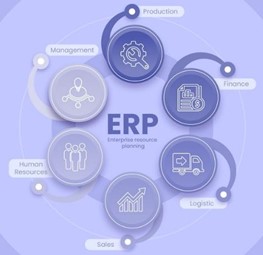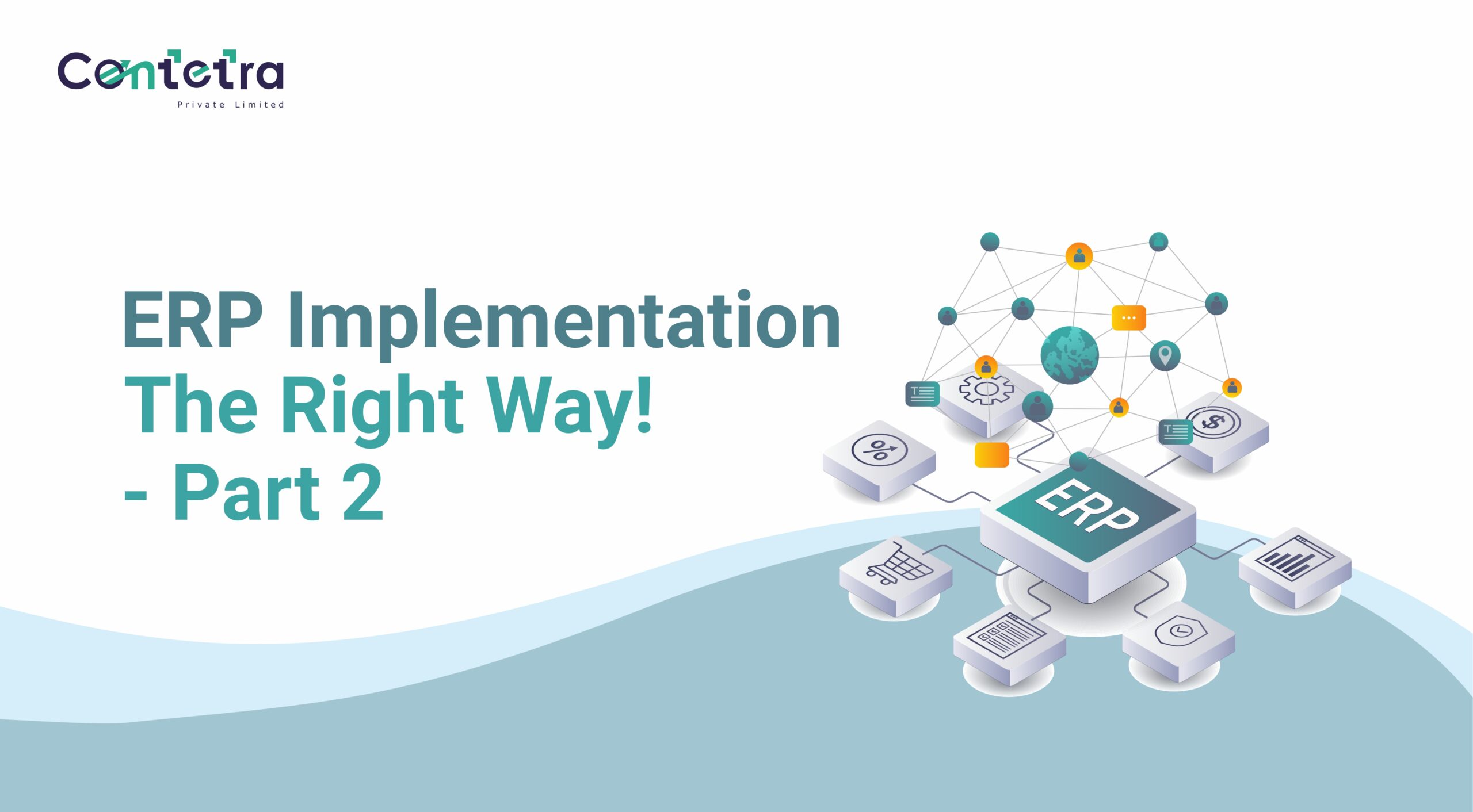In our previous blog, we introduced Sandy’s Pizzeria, a popular local pizza joint experiencing rapid growth. Sandy decided to implement an ERP system to manage this expansion more efficiently.
In the first step of the ERP implementation process, we discussed The Blueprint phase, which involved documenting the “As-Is” processes, identifying inefficiencies, and outlining the “To-Be” processes to set the stage for a smooth ERP implementation. With the foundation laid, it’s now time to dive into the Development phase.
Today, we’ll explore what happens during this phase, the processes involved, and how Sandy’s Pizzeria, our favourite business (a tasty analogy from the previous blog) goes on about the Development phase.
What does the ERP implementation journey look like?
- The Blueprint Phase
- Development Phase
- Validation
- User Acceptance Testing (UAT)
- Go-Live and Support
Today, we will focus on the second step.
The Development Phase: Bringing the Blueprint to Life
The Development phase is where the magic happens, where the blueprint becomes a reality. This phase includes integrating existing systems, automating processes, and working closely with technical and functional partners to ensure everything aligns with the business goals. During this phase, we help our friend Sandy with integrating and automating processes and aligning the system according to their needs.
The Development Phase is divided into 4 steps:
- Integrations
- Automations
- BRD Download to Tech Partner
Work-around/ Fit-Gaps with
Integrations: It’s all connected!
During the Integration process, various business systems, such as inventory management, order processing, and financial reporting, are integrated into the system, connecting the dots to a singular ERP software. This ensures seamless data flow and real-time updates across all departments. For Sandy’s Pizzeria, this means that as soon as an order is placed, the inventory system updates ingredient stock levels, and the financial system records the transaction. Smooth, right?
various business systems, such as inventory management, order processing, and financial reporting, are integrated into the system, connecting the dots to a singular ERP software. This ensures seamless data flow and real-time updates across all departments. For Sandy’s Pizzeria, this means that as soon as an order is placed, the inventory system updates ingredient stock levels, and the financial system records the transaction. Smooth, right?
Why are integrations important?
Integrations are critical in ERP implementation strategies because they eliminate data silos and ensure that all departments work from the same information. All the third-party software that Sandy’s Pizzeria used for his processes would be Interlinked, centralizing all the data across systems. This leads to improved accuracy, faster decision-making, and better collaboration across the organization.
For Sandy, integrating his order management system with the new ERP means that all locations can track orders, manage inventory, and update financial records in real time. This integration not only improves Sandy’s operations but also helps him maintain the quality & efficiency that previously suffered a blow without a system in place.
Automations
Automation in ERP implementation strategies involves setting up rules and workflows that automatically execute routine tasks, reducing manual intervention. This could range from automating invoice generation to automatically reordering stock when inventory levels fall below a certain threshold, automation requirements are dynamic and change from business to business. This not only helps to free resources that would have been spent doing the labour-intensive tasks but also takes out the chances of human error.
Why do you need Automations?
Imagine Sandy’s Pizzeria without automation! The staff would have to manually check inventory, place orders, and track expenses. This process is not only time-consuming but also prone to errors. An error on the employee’s part like wrongly recording expenses or overlooking an invoice will cost the business. With automations, these tasks are handled automatically, freeing up staff to focus on more strategic activities, improving customer service, or expanding the menu.
Communicating the BRD to a Technical Partner
This step involves briefing the Technical Partner on everything about the ERP implementation process which is carefully documented in the Business Requirement Document (BRD) and the business’ needs.
Contrary to what people think, you need a Functional Consultant along with a Technical Partner to ensure a smooth implementation. Most ERP implementation failures are attributed to a lack of understanding of what you need from the system and communicating them with your ERP implementation partners. This is where functional ERP implementation partner comes in. They not only help you decode your business requirements from the system but also help you customize these needs for your business.
Functional partners bring a deep understanding of core business functions to the ERP implementation process. They collaborate with the business to define requirements and ensure the system achieves the goals established. They bridge the gap between the technical capabilities of the ERP and what the business needs.
Why is BRD Communication Necessary?
The (BRD) outlines the specific needs and requirements of the business. Communicating the BRD to the ERP implementation partners is extremely important, especially the technical partner. The technical partner must be in sync with the requirements to be able to build an effective technical framework that supports the business needs, they need to understand what these needs are.
What Does the Technical Partner Do?
The technical partner translates the business requirements into technical specifications, configuring the ERP system to align with the outlined needs. They ensure that the system performs as expected, without disrupting existing operations.
For Sandy, we need to communicate his business needs such as tracking multiple locations, managing inventory, and maintaining financial records, to ensure that the ERP system is set up to handle these requirements seamlessly. The technical partner’s role is to configure the system so that Sandy’s business can operate smoothly, even during peak hours.
Work-Around/ Fit Gaps with the Technical Partner
No ERP system fits a business perfectly out of the box. There will always be gaps between what the system offers and what the business needs. Working around these gaps with the technical partner is essential to create custom solutions that bridge these differences.
Fit Gaps with Technical Partners
Sometimes, instead of opting for costly customization, a workaround can save significant costs. If one of the requirements proposed cannot be met by the technical partner or it gets too expensive, we as functional partners come in and suggest any workarounds that can be done to achieve it.
Suppose the ERP system doesn’t perfectly align with Sandy’s pizza delivery process. Instead of investing in expensive customizations, the functional ERP implementation partners suggests using the system’s existing inventory module with slight modifications, thereby saving costs. This approach ensures that Sandy’s ERP implementation strategies & processes don’t empty his pockets.
By focusing on integrations, automation, and collaboration with the technical partners, the functional partners help Sandy’s Pizzeria build an ERP system that truly supports the growth and operational needs of the pizza joint. As Sandy’s Pizzeria continues its ERP journey, the focus will shift towards validating and testing the system to ensure it meets all business requirements.
Stay tuned for the next blog!














